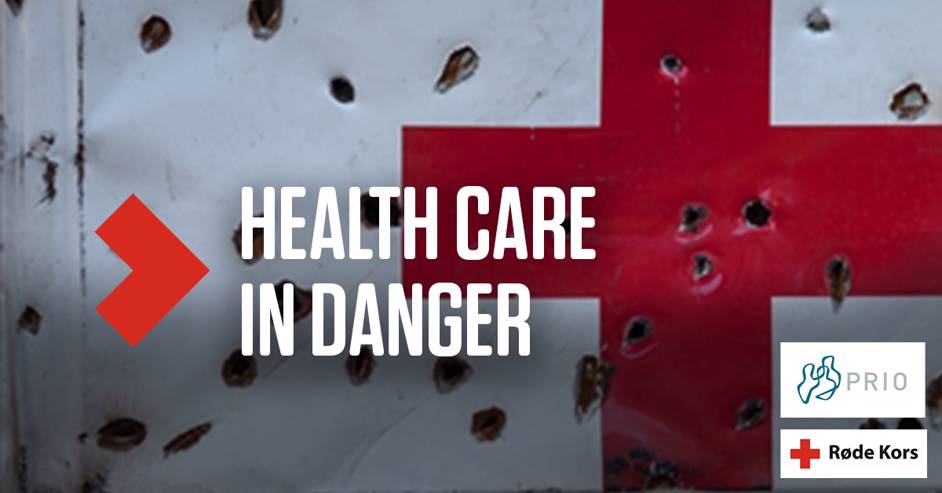
Five years ago this month, on May 3, 2016, the U.N. Security Council adopted its first resolution on the protection of health care in conflict. Resolution 2286, supported by 80 states, included steps states could take to mitigate such attacks.
Nevertheless, violence continued. According to the Syrian American Medical Society (SAMS), 2016 was the most dangerous year for health workers in Syria, with an increase in attacks after the passing of the resolution.
The Safeguarding Health in Conflict Coalition (SHCC) and Insecurity Insight has recorded more than 4,000 unique incidents of violence against health care in situations of armed conflict – on average more than two incidents a day – between 2016 and 2020. Almost 1,000 health facilities were damaged or destroyed, with the highest numbers in Syria, Yemen and Libya. Almost 700 health workers were killed, and more than 400 were kidnapped, while another 1,500 were injured. Health workers have also been sexually assaulted and raped in or in the vicinity of hospitals in Afghanistan, the CAR, the DRC, Libya, Mozambique, Nigeria, Pakistan, and Sudan. Despite the adoption of SCR 2286, no perpetrators have been brought before the ICC.
The onset of the COVID-19 pandemic has further underscored the importance of protecting health care and health workers. From February to July 2020, the ICRC recorded 611 violent incidents against health-care workers, patients and medical infrastructure associated with the COVID-19 response, about 50 percent higher than average.
Health Care in Danger (HCID) is an initiative of theInternational Red Cross and Red Crescent Movement aimed at addressing the issue of violence against patients, health workers, facilities and vehicles, and ensuring safe access to and delivery of health care in armed conflict and other emergencies. Working in partnerships with health-care workers and communities in countries affected by conflict and other emergencies, the HCiD initiative aims to:
influence the doctrine and practice of weapon bearers
assist States in strengthening their domestic legislation
build the resilience of health-care systems to violence
campaign for behavioural change among civilian populations
Questions to be explored include:
Attacks on health workers, facilities and transports have continued despite the adoption of SCR 2286. What can be done to reinforce implementation of the resolution? Are there any lessons learned / best practices from recent conflict zones which we can build on?
SCR 2286 primarily addresses State actors. What are the options for dealing with non-State actors?
How is the global COVID-19 pandemic affecting health workers/access to health in conflict zones? What measures can be taken to mitigate the negative impact? Are there any lessons learned from Ebola or other contexts?
Panelists:
· Erwin van’t Land (General Director of Médecins Sans Frontiers in Norway)
· Merit Asaad (NorCross) : Introduction to the HCiD initiative, framing the problem of attacks on healthcare.
· Cathrine Andersen (MFA) : Protecting health services as part of the global agenda; How can Norway contribute to international efforts through doing in the Security Council and other arenas?
· Larissa Fast (The University of Manchester): Researching the Impact of Attacks on Healthcare (RIAH) project.
Moderator: Maria Gabrielsen Jumbert (PRIO & NCHS)
The webinar is organised in cooperation with Red Cross and the Norwegian Centre for Humanitarian Studies (NCHS).
Webinar will be livestreamed on Facebook and recorded for later viewing. It will be possible to ask questions in real time during the FB streaming to encourage participatory discussion.





